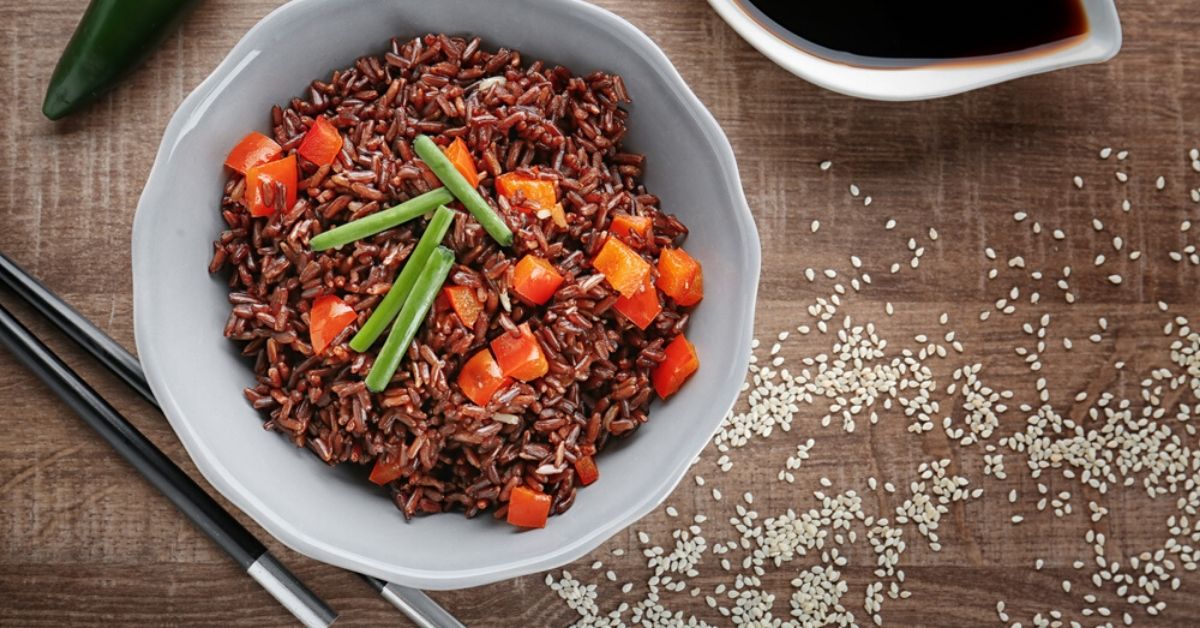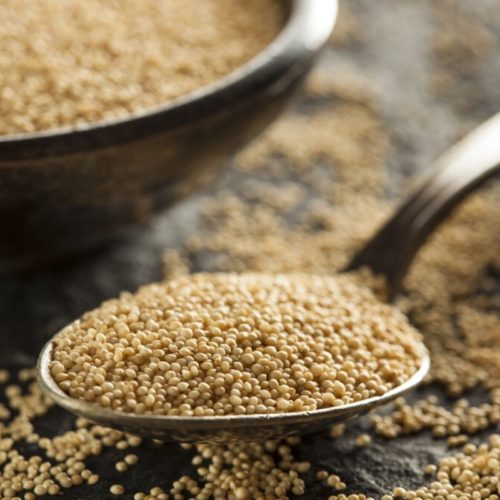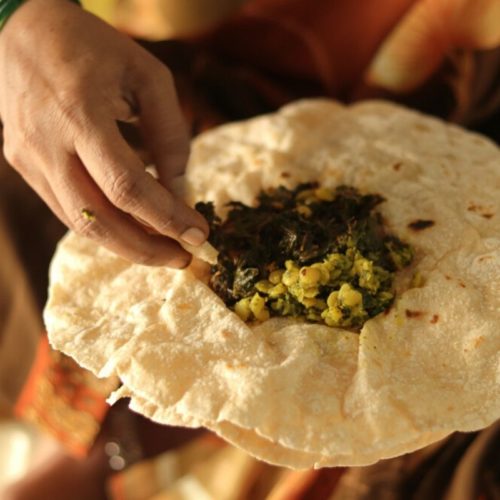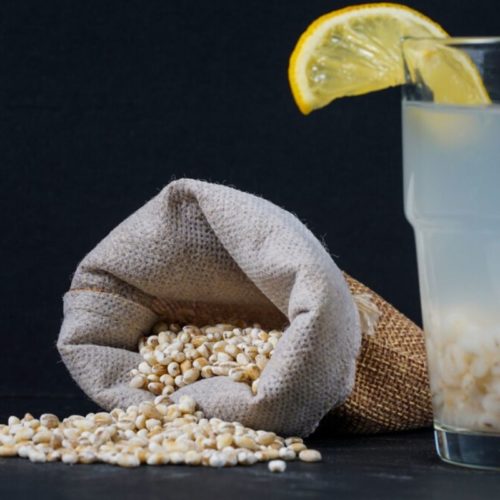Give That Quinoa a Break! Here Are 5 Other Super Healthy Alternatives
While quinoa is a celebrity pseudo grain, others such as amaranth and red rice have incredible health benefits too.

The humble quinoa is not so humble anymore. Instead, it positively glows with pride as it rules the roost as one of the healthiest grains in the books of the health-conscious.
With the turn of the century, quinoa gained the title of a super-food because of its many health benefits. Apart from being gluten-free, Quinoa is also rich in fibre – it contains twice as much as rice and wheat, helping you against constipation, heart diseases, diabetes, digestive disorders and blood pressure. It is also one of the richest sources of iron and is anti-carcinogenic.
The pseudo grain (while it’s a seed, it’s cooked and eaten like a grain) has been around for as long as 4,000 years, and we can’t contest the fact that it’s a super healthy food to eat.
However, variety is the spice . . . or grain (take your pick) of life. It’s always good to know about a few other alternatives that pack in as much taste and nutrition as quinoa.
Here are some of the best foods to try if you want to give quinoa a break:
Amaranth

One of the tiniest grains available, Amaranth, also known as Rajgira, is a gluten-free grain perfect for those looking to have a chiselled body. It packs in a lot of protein, along with lysine – an amino acid missing from most grains. Lysine is essentially important because our body cannot make it on its own and so we need to get it from our food. It helps in muscle growth and is especially useful in the formation of carnitine – a substance found in most cells of our body. Amaranth is also high on calcium, zinc, iron and fibre, is easily available in the markets, and is pocket-friendly too. What’s not to like in it?
Millet

Yet another gluten-free alternative—millets—are several different tiny grains from the same family. Some of the most common varieties available easily in India are jowar (sorghum), ragi or nachni (finger millet), sama (little millet), korra (foxtail millet), bajra (pearl millet), and jhangora (barnyard millet). They are gluten-free, alkaline, and pack in essential nutrients such as magnesium, potassium, calcium, manganese, tryptophan, phosphorus, Vitamin B and antioxidants.
Buckwheat
Just like quinoa, buckwheat too is a pseudo grain. Which means, while it has all the properties of a grain, it is actually a seed. Despite its name, it is not related to wheat, and is loaded with a high antioxidant and mineral content, such as manganese, magnesium, zinc, iron and folate. Apart from helping the waistline, it also helps in maintaining great heart and brain health.
Barley

Dating back to the Stone Age, barley is a super versatile cereal grain. It can be used as flour in breads, added to soups and stews and even malted to make beer or whiskey. What makes it a hit is its high fiber content, and its ability to help those with high cholesterol, a problematic glucose tolerance, lipid metabolism, and bowel functioning.
As a whole grain, barley also provides a good dose of vitamins and minerals.
Red rice
Deriving its delicious rich red colour from antioxidants called anthocyanins, red rice has pretty astounding health benefits. Long used for its medicinal properties in Asian countries, it was used to aid indigestion, blood circulation, and spleen health in 1300s China and the health benefits stand true for the grain even today. It also has cholesterol-lowering properties as well as is high in fiber, making it the perfect choice for those looking to shed some extra kilos!
While we’re not asking you to completely give up on the beloved international superstar quinoa, you must definitely try out the ones that can be got closer to home.
(Edited by Saiqua Sultan)
Like this story? Or have something to share? Write to us: [email protected], or connect with us on Facebook and Twitter.
If you found our stories insightful, informative, or even just enjoyable, we invite you to consider making a voluntary payment to support the work we do at The Better India. Your contribution helps us continue producing quality content that educates, inspires, and drives positive change.
Choose one of the payment options below for your contribution-
By paying for the stories you value, you directly contribute to sustaining our efforts focused on making a difference in the world. Together, let’s ensure that impactful stories continue to be told and shared, enriching lives and communities alike.
Thank you for your support. Here are some frequently asked questions you might find helpful to know why you are contributing?


This story made me
-
97
-
121
-
89
-
167













